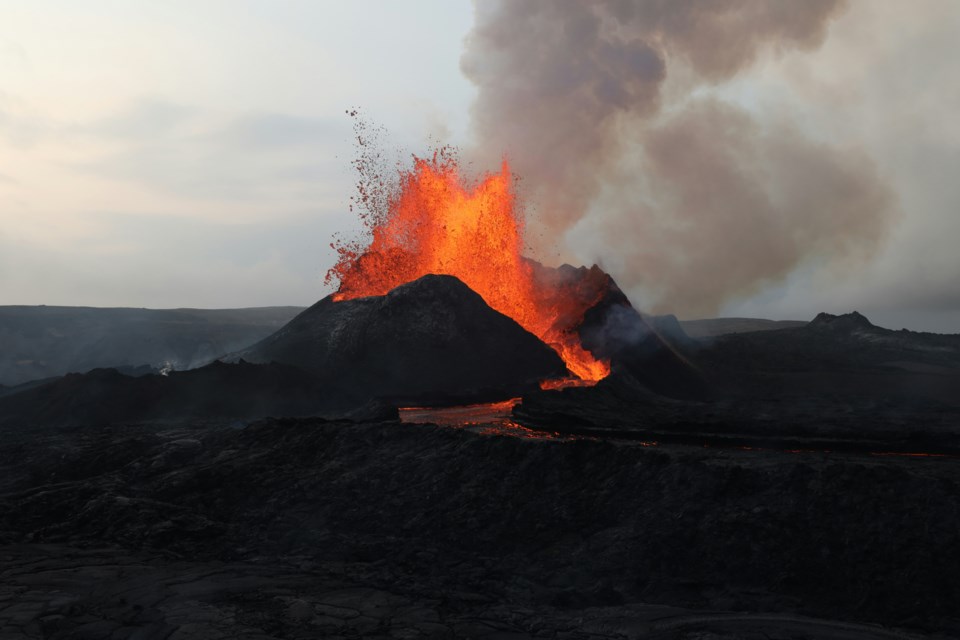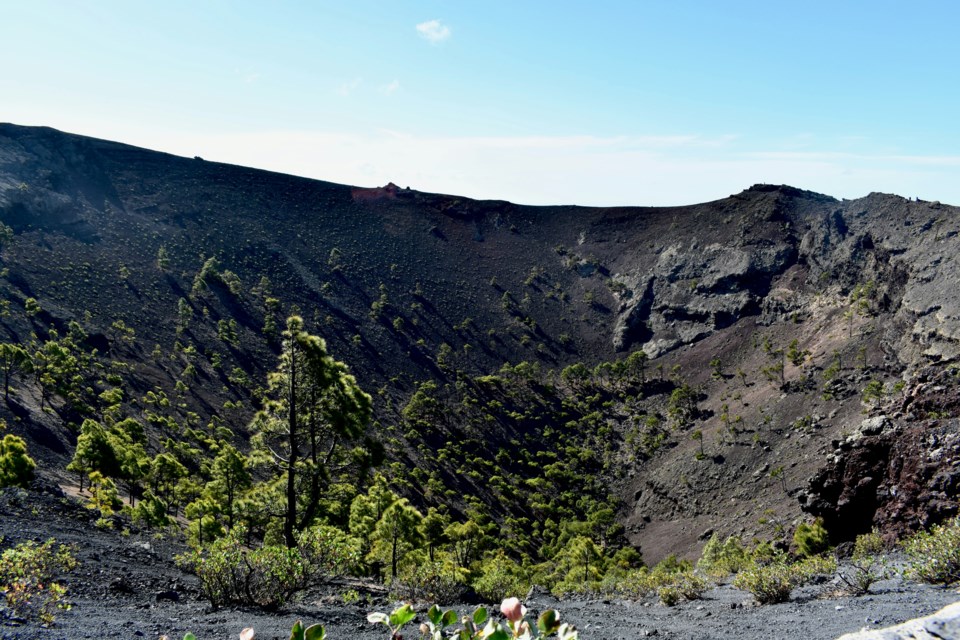When people think about volcanoes, they often picture places like Hawaii or Yellowstone—not Colorado. But did you know that there are volcanoes in Colorado? While the state isn’t known for lava-spewing mountains today, it does have a rich volcanic history.
In fact, one volcano in Colorado is still considered active! Let’s take a closer look at the fascinating story behind the volcanoes in Colorado.
Types of Volcanoes
Volcanoes come in different types based on how often they erupt. Let’s look at how scientists group them.

Active Volcanoes
An active volcano has erupted recently and might erupt again. These volcanoes still have magma moving under the surface. Even if they don’t erupt often, they are watched closely. Active volcanoes can be dangerous if they blow suddenly. In Colorado, the Dotsero volcano is one of these. It last erupted about 4,200 years ago, which is considered “recent” in volcano terms.
Dormant Volcanoes
A dormant volcano hasn’t erupted in a long time, but it could still become active again. It’s like a volcano that’s asleep, not gone. Scientists keep an eye on dormant volcanoes just in case they wake up. These volcanoes still have magma deep underground. Some of Colorado’s volcanoes are believed to be dormant. There’s no way to know for sure when—or if—they’ll ever erupt again.
Extinct Volcanoes
Extinct volcanoes are ones that will not erupt again. They haven’t shown signs of activity for thousands or even millions of years. These volcanoes are considered completely “dead.” Over time, wind and rain can wear them down, but their shape often remains. Colorado has several extinct volcanoes that are still visible in the landscape. They remind us of how active the area used to be.
Dormant and Extinct Volcanoes
Many of Colorado’s volcanoes no longer pose a threat. But they once helped shape the state’s land, mountains, and valleys.

San Juan Volcanic Field
Millions of years ago, a huge volcanic event took place in what is now southwestern Colorado. The San Juan volcanic field once had giant explosions that changed the land forever. These eruptions were said to be thousands of times stronger than Mount St. Helens. Today, the area is full of calderas—large bowl-shaped holes formed after the eruptions. These volcanoes are now extinct and are safe to visit. Their remains show how powerful nature can be.
Hahns Peak
Hahns Peak is a quiet, cone-shaped mountain located near Steamboat Springs. Long ago, it was an active volcano, but today it is extinct. You can still see its classic volcano shape, and it’s a popular spot for outdoor activities like hiking and camping. It’s surrounded by beautiful parks and lakes, which makes it a peaceful place to visit. The mountain is a great reminder of Colorado’s fiery past. Even though it won’t erupt again, its shape still tells a volcanic story.
McCoy and Willow Peak
McCoy and Willow Peak are two extinct cinder cone volcanoes near Dotsero. These volcanoes haven’t erupted in thousands of years, and there’s little information about their activity. Unlike other volcanoes that have crumbled, these two still hold their shape. Lava from Willow Peak is thought to be older than Dotsero’s by about 4,000 years. Though they are no longer active, they help explain how the land in western Colorado was formed. Their rocky surfaces still show signs of past eruptions.
Dotsero Active Volcano
While most volcanoes in Colorado are quiet, one still counts as active. Let’s take a closer look at Dotsero and what makes it special.

What Is Dotsero?
Dotsero is Colorado’s only active volcano, located near the small town of Dotsero along Interstate 70. Though it hasn’t erupted in over 4,000 years, that’s recent enough for scientists to call it “active.” Dotsero is a maar volcano, meaning it formed through a shallow explosion when magma met underground water. The result is a wide, deep crater rather than a tall mountain. Visitors driving past on the highway can still see the solid lava from that ancient eruption.
Even though Dotsero is not dangerous right now, it’s still being watched by experts. It holds magma underground, which could one day cause another eruption. But scientists say this is not likely to happen any time soon. If it did erupt, the explosion would probably be small and slow-moving. Dotsero’s last eruption created rich soil and reshaped the land, which can still be seen today.
Why Is Dotsero Special?
Dotsero stands out because it’s the only known active volcano in the state. This makes it an important site for geologists and nature lovers. The name “Dotsero” is believed to come from a Native word meaning “something new,” which fits perfectly with how volcanic land creates new soil and shapes.
Unlike other famous volcanoes around the world, Dotsero is not explosive or extremely dangerous. It is labeled as a “moderate” threat by experts. This means it has the power to cause damage, but not on a massive scale. Still, it offers an amazing chance to see the results of real volcanic activity in Colorado.
Tips for Visiting the Crater
Visiting the Dotsero Crater is a fun outdoor activity for those interested in geology or hiking. The crater is part of a public recreation site managed by the Bureau of Land Management (BLM), and there’s no fee to enter. To get there, take I-70 and exit at Dotsero, then follow the signs to the access road.
Once there, visitors can hike up to the edge of the crater and look down into what used to be a lava-spewing volcano. The crater is around 1,300 feet deep and half a mile wide. You can also enjoy the nearby scenery, including the confluence of the Colorado and Eagle rivers. It’s a quiet but exciting place to explore.
What You’ll See at Dotsero
At the base of Dotsero, you’ll notice dark soil made from cooled lava. This soil is rich in nutrients and helps plants grow better than in other areas nearby. You’ll also see the fossilized remains of lava flows from over 4,000 years ago. These lava rocks spread across the land and shaped the terrain still visible today.
Dotsero looks like an overgrown lake bed now, but its crater shows the story of its past. It’s a perfect mix of science, nature, and history. You don’t need to be a volcano expert to enjoy what you see here.
Is Dotsero a Threat Today?
Although Dotsero is active, scientists do not believe it will erupt anytime soon. It holds magma underground like all active volcanoes, but there are no signs of pressure building. That’s why the volcano is monitored but not considered dangerous right now.
If it did erupt again, the explosion would be mild compared to larger volcanoes. It would likely cause lava to flow out slowly instead of blasting into the air. For now, Dotsero remains a peaceful reminder of the Earth’s powerful past.
Conclusion: Colorado’s Quiet Volcanoes
Colorado may not be known for eruptions, but its land tells a story of fire and lava from long ago. While most of the volcanoes in Colorado are dormant or extinct, they still shape the land and draw curious visitors. Dotsero stands as the state’s only active volcano, quietly reminding us that nature is always changing. Whether you’re hiking near an old crater or driving past ancient lava flows, Colorado’s volcanic past is full of hidden wonders.


